Circulation PPQs #1
1/12
Earn XP
Description and Tags
Name | Mastery | Learn | Test | Matching | Spaced |
|---|
No study sessions yet.
13 Terms
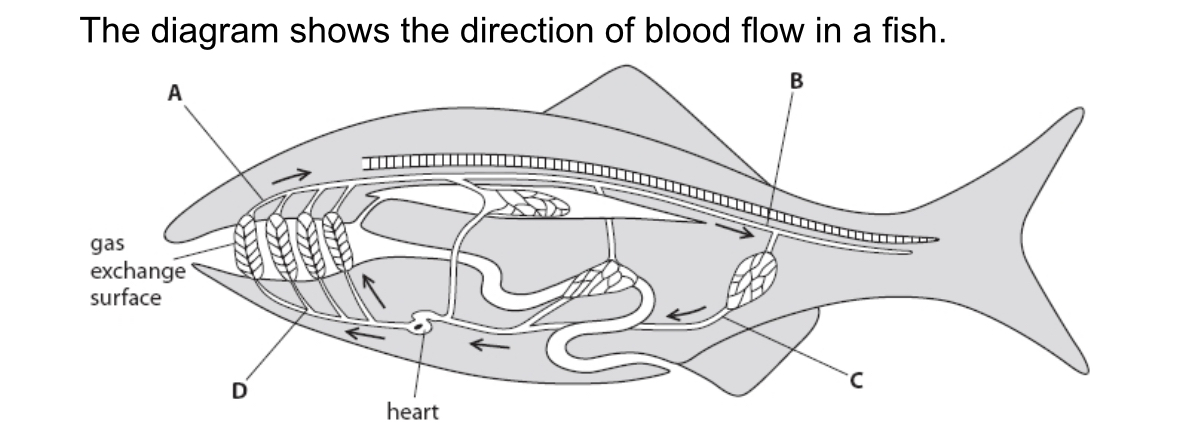
Which labelled part of this circulatory system has the lowest concentration of carbon dioxide?
A
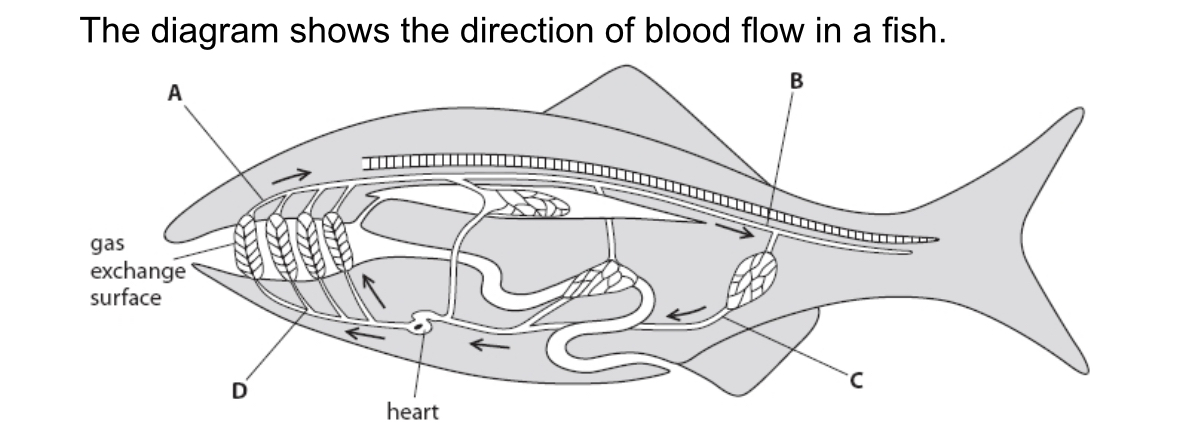
Which labelled part of this circulatory system has the highest blood pressure?
D
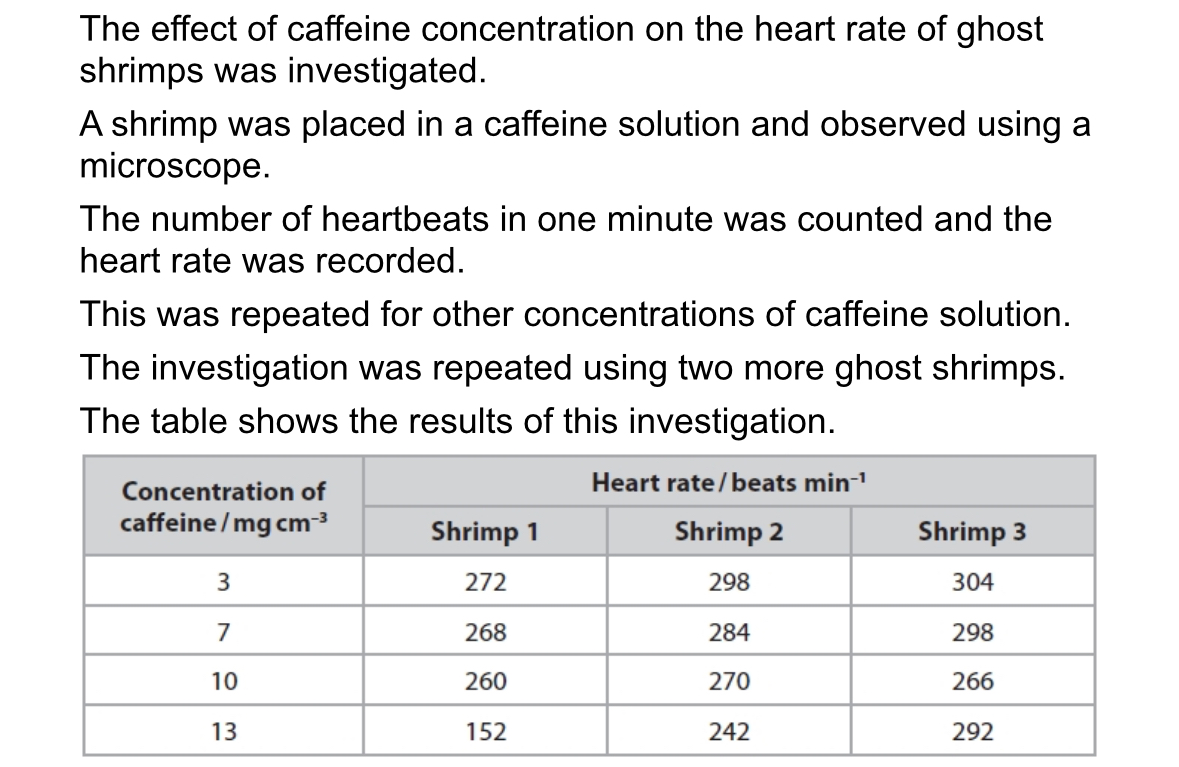
State and justify a suitable control for this investigation
Pond water to compare with caffeine solutions
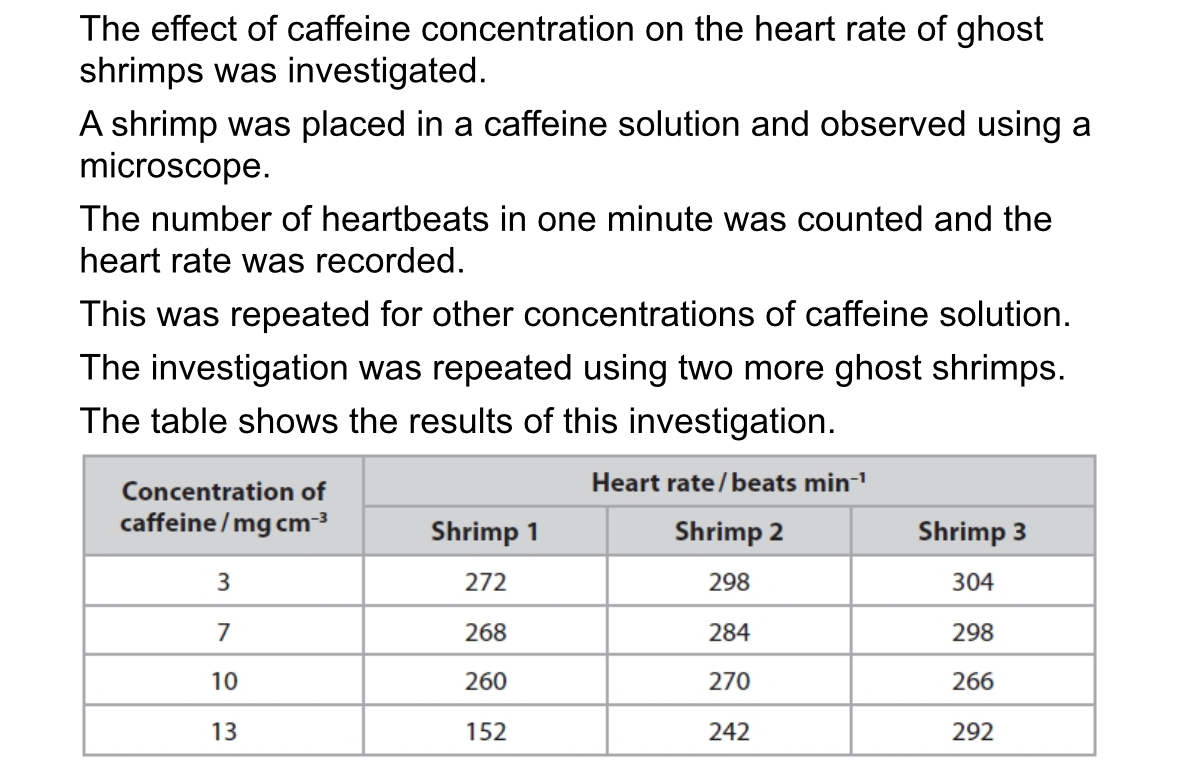
State and justify the variable relating to the caffeine solution that should have been controlled
Temperature of solution as a decreased temperature may reduce heart rate
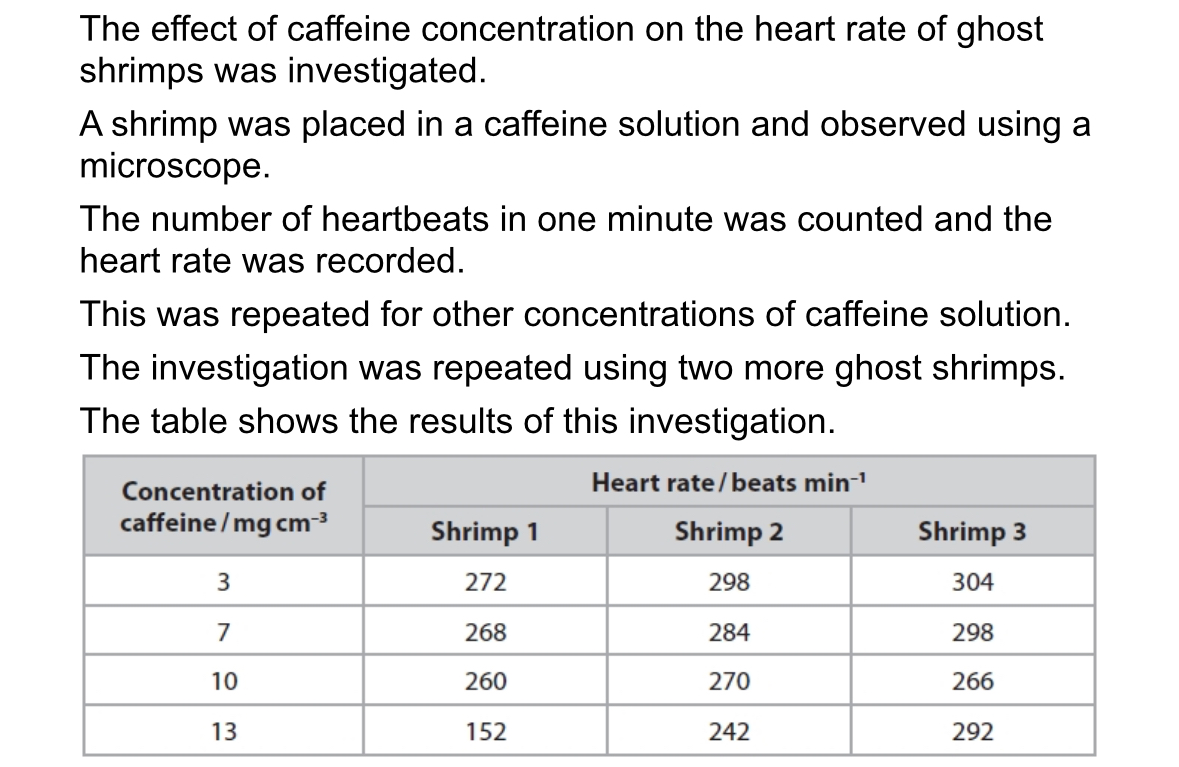
State and justify the variable relating to the ghost shrimp that should be controlled.
The size of the shrimp so the caffeine affects them all equally
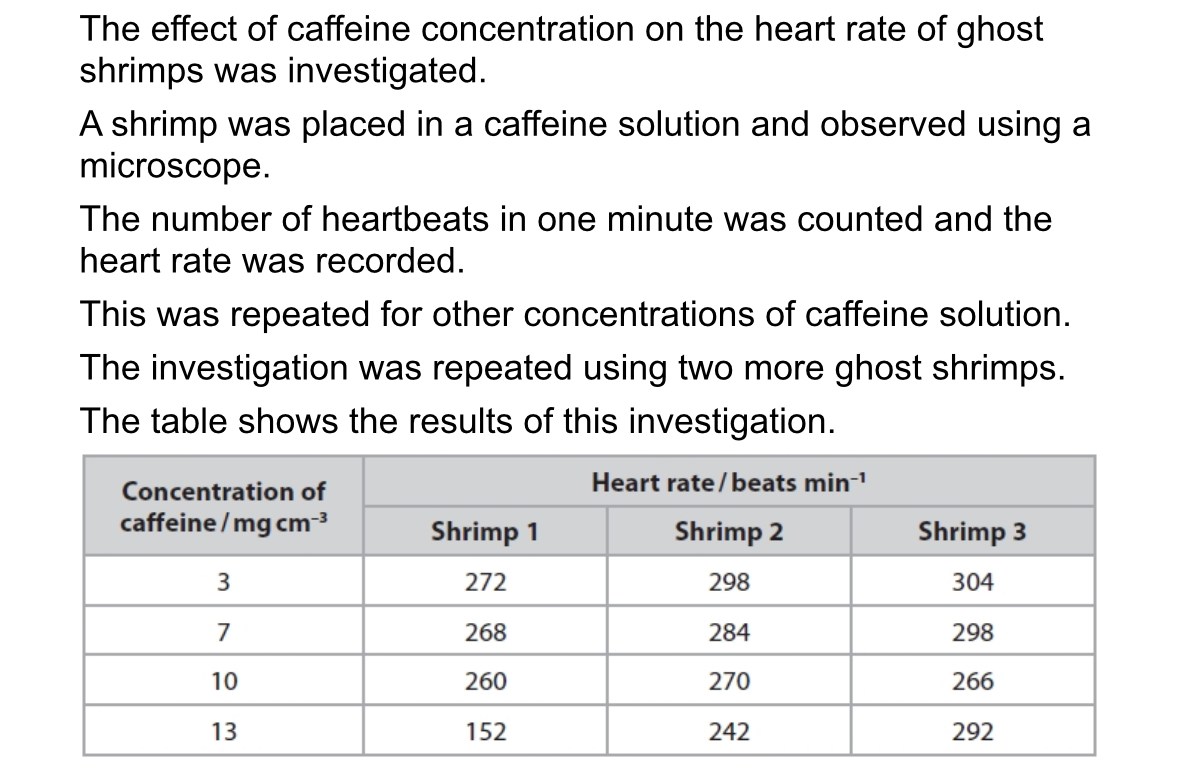
Calculate the percentage change in the heart rate of shrimp 2 when the caffeine concentration of 10 mg cm–3 was replaced with 13 mg cm–3. Give your answer to 1 d.p.
10.4%
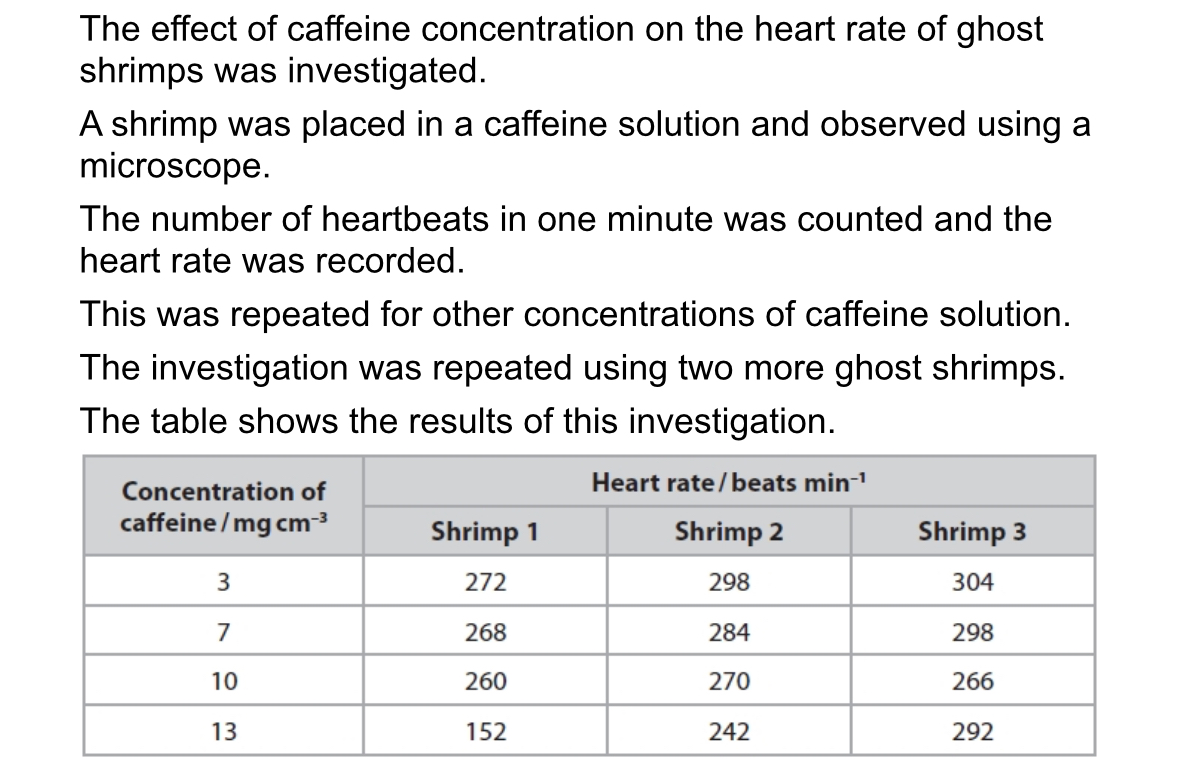
Comment on the results of this investigation
•As the concentration of caffeine increases, the heart rate decreases
•heart rate for shrimp 3 increased from caffeine 10 to 13 mg cm-3
•normal heart rate not known as there was no 0% solution
•largest decrease in heart rate between 10-13 mg cm-3
•much greater decrease in heart rate for shrimp one than shrimp 2
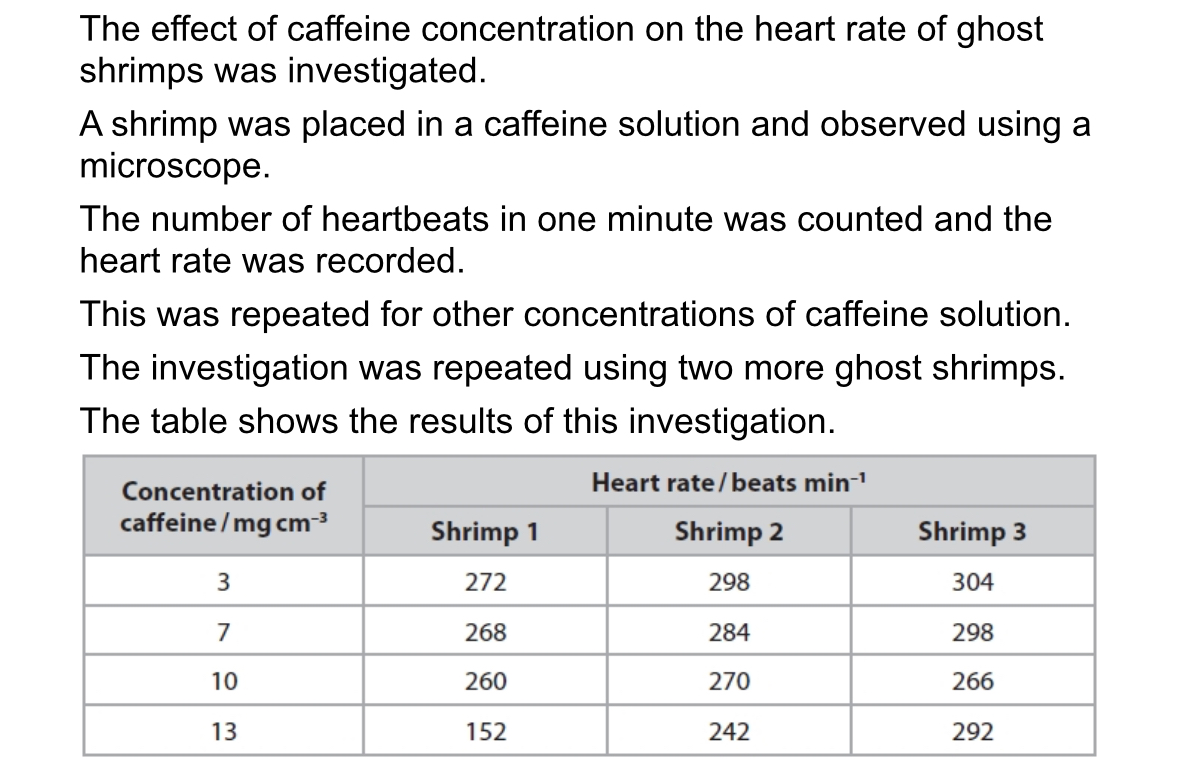
Explain one advantage of using ghost shrimp in this investigation
They are invertebrates so are less likely to feel pain
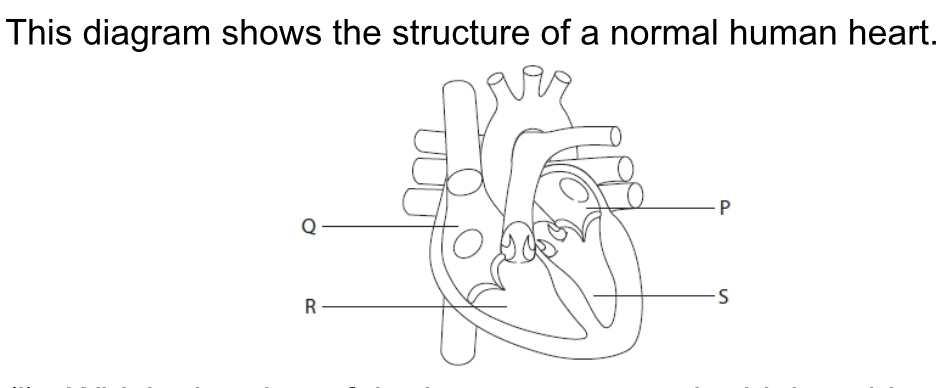
Which chamber of the heart generates the highest blood pressure?
S
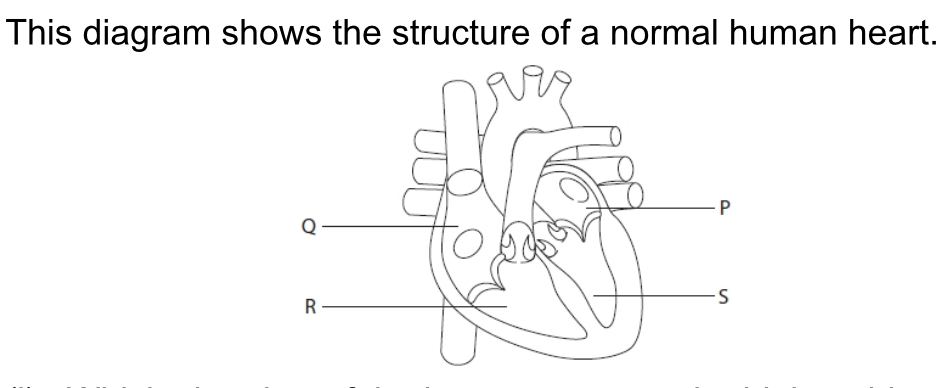
Which stage of the cardiac cycle is shown in the diagram?
Ventricular systole
An ischaemic stroke occurs when a blood vessel in the brain is blocked by a blood clot. Explain how a blood clot could form in a blood vessel.
•Collagen is exposed when the wall of the blood vessel is damaged
• This leads to the release of thromboplastin
•Thromboplastin catalyses the conversion of prothrombin to thrombin
•Thrombin catalyses the conversion of fibrinogen to fibrin
•Fibrin forms a mesh that then traps the red blood cells to form a clot
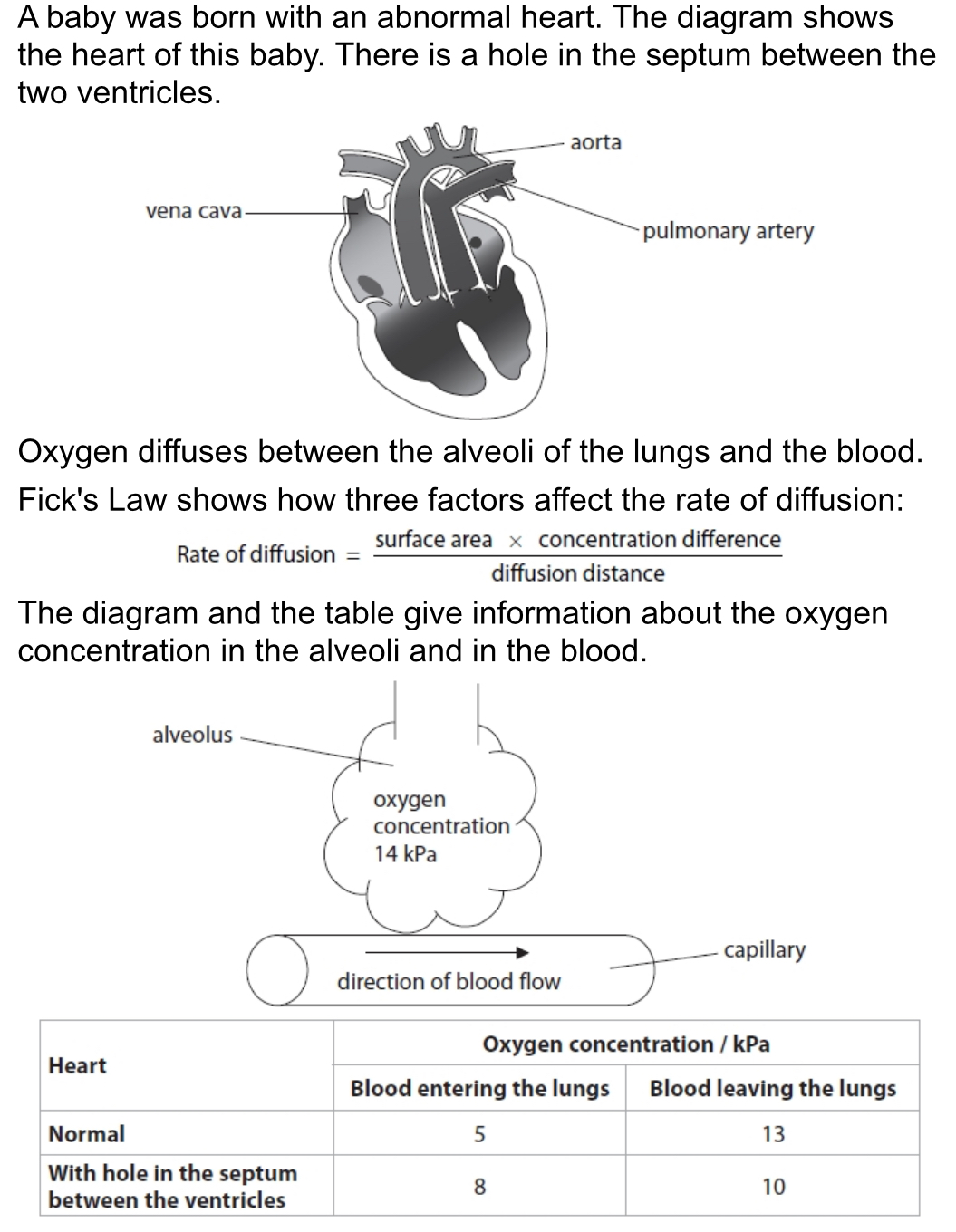
Assess the effect of this heart defect on the rate of oxygen diffusion between the alveoli and the blood
•Rate of diffusion lower with abnormal heart
•Blood entering lungs from abnormal heart has more oxygen, 8kPa, than blood entering lungs from normal heart, 5kPa
•Oxygen in blood increases by only 2kPa instead of 8kPa with abnormal heart
•Resulting in smaller difference in concentration between the alveoli and the red blood cells
• The surface area of the alveoli and distance for diffusion are not affected
•Fick’s law states that concentration gradient is proportional to rate of gas exchange
•A lower concentration gradient for oxygen between the alveoli and the blood results in a lower rate of oxygen diffusion
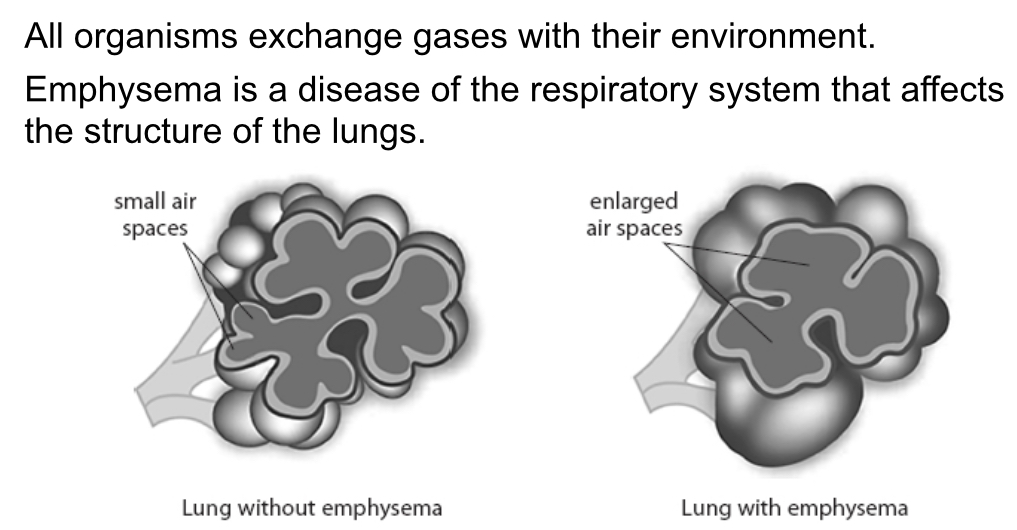
Explain why people with emphysema are given air with a higher concentration of oxygen that atmosphere air
•Smaller surface area of alveoli with emphysema
•Therefore need a larger concentration gradient
•To maintain the rate of diffusion